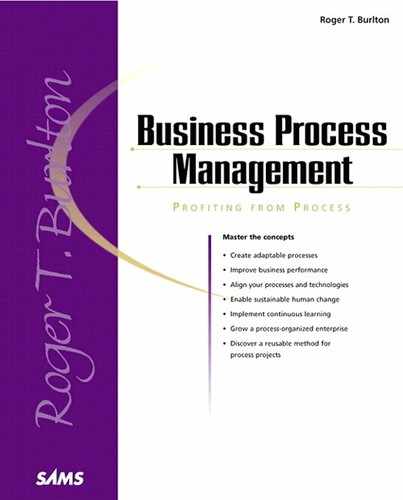Behavioral Change
My first real awakening to the difficulties of change came a number of years ago when my wife and I attended an evening community course titled “Raising Responsible Children.” We went because we felt that we could always improve our skills in raising our kids. Our children were 6 and 10 years old, and we knew that the best we could do for them was to have them grow up as responsible adults, who could cope and thrive. We felt that the way to get there was to have them learn responsible behavior as children first. To do this, we knew that they would have to change their current behaviors. We were looking forward to the 14-week course when we went to our first weeknight session with other parents just like ourselves.
In the first 10 minutes of the first session, the facilitator drew a curve on the blackboard that really got my attention. It’s repeated here as Figure 8.1.
Figure 8.1. Attitude of participants in a change process.

The essence of what she said to us that night is that to change our children’s behavior, we must change our own behavior first by doing and saying different things in different ways. It also meant that we had to do what we said we would do and stick to our commitments and promises, which seemed like a novel concept in parenting at the time. This was a real shock for some of the people in the room, and it seemed like it would be a lot of hard work that we hadn’t counted on. We were hoping for some quick fixes so that we could all live happily ever after.
As it turned out, this was to be the good news. The bad news was that we could expect things to get worse before they got better, assuming that we had the fortitude and perseverance to stay with it long enough. We were warned that when we changed our actions and words, the kids would suspect that something was up and push to discover the real new limits. They would test their parents until it was clear what was acceptable, and whether the parents really meant it. We were warned that we might reach the frustration level and conclude that the transition is just not working. The facilitator said that we might even get to a point where we could just give up and abandon our program. If we stuck with it, however, we were assured that we would gradually see signs of positive results and make the intellectual decision to stick with it. With time, our children and we would then make the emotional transition and start to live the new behaviors and change our beliefs, which would lead to a change in behavior. It would be tough, require diligence, and wouldn’t proceed linearly. This class made a difference and our children are growing into fine people—however, I learned as much about how to deal with people in organizations as I did about parenting.
